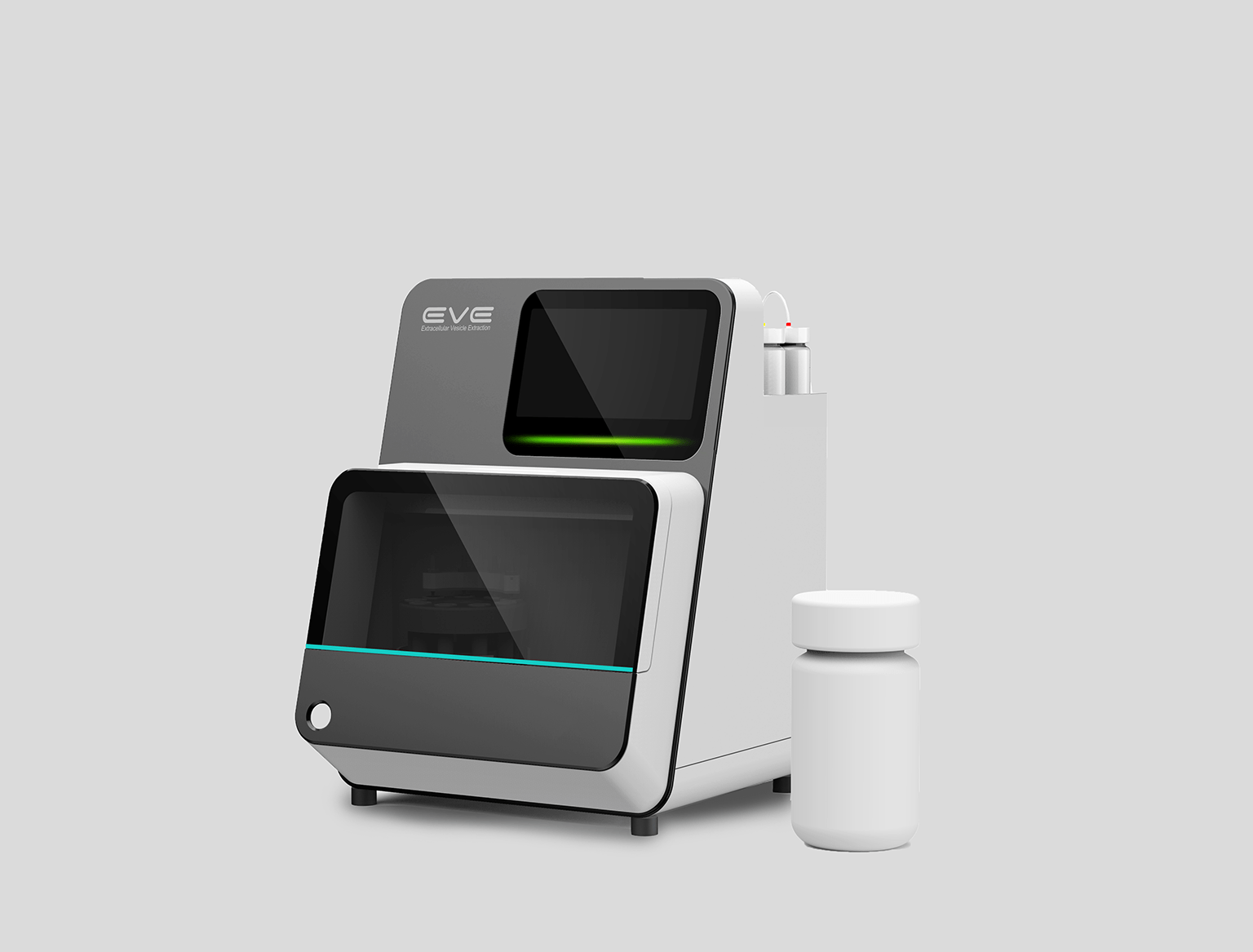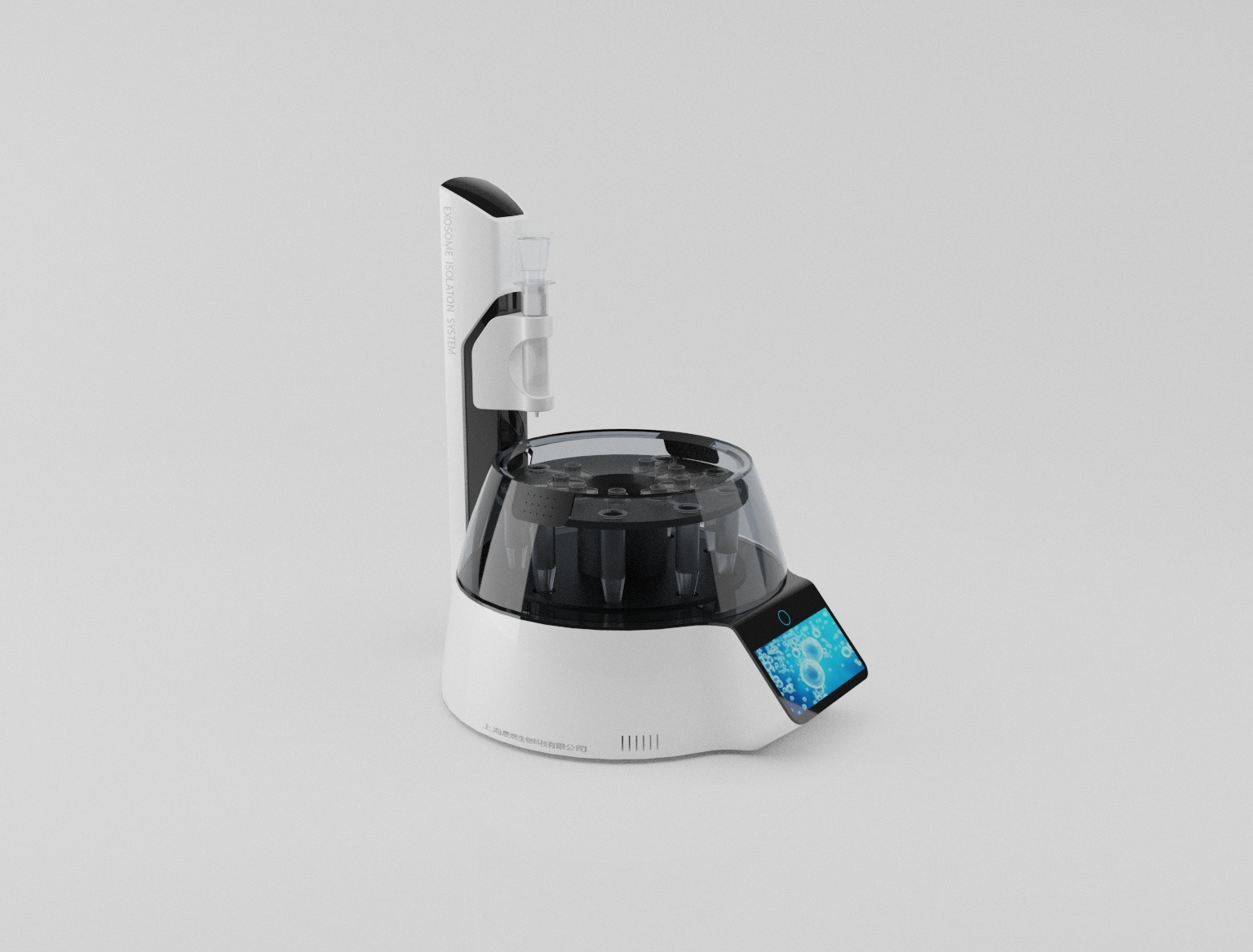https://ars.els-cdn.com/content/image/1-s2.0-S092777652300512X-ga1_lrg.jpg
Exosomes are small extracellular vesicles well-studied both as cell signaling elements and as source of highly informative biomarkers, in particular microRNAs. Standard techniques for exosome isolation are in general scarcely efficient and give low purity vesicles. New techniques combining microfluidics with suitable functionalized surfaces could overcome these disadvantages.
Researchers at the Fondazione Bruno Kessler have developed different functional surfaces aimed at exosomes capture thanks to the functionalization of silicon oxide substrates. Charged surfaces, both positive and negative, neutral and immunoaffinity surfaces are characterized and tested in functional assays with both exosome mimicking vesicles and exosomes purified from cell supernatants. The different surfaces showed promising properties, in particular the negatively-charged surface could capture more than 4 × 108 exosomes per square centimeter. The captured exosomes could be recovered and their biomarker cargo analyzed. Exosomal microRNAs were successfully analyzed with RT-PCR, confirming the good performances of the negatively-charged surface. The best-performing functionalization could be easily moved to microdevice surfaces for developing modular microfluidic systems for on-chip isolation of exosomes, to be integrated in simple and fast biosensors aimed at biomarker analysis both in clinical settings and in research.
Potrich C, Pedrotti A, Pederzolli C, Lunelli L. (2023) Functional surfaces for exosomes capturing and exosomal microRNAs analysis. Colloids and Surfaces B: Biointerfaces [Epub ahead of print]. [article]







